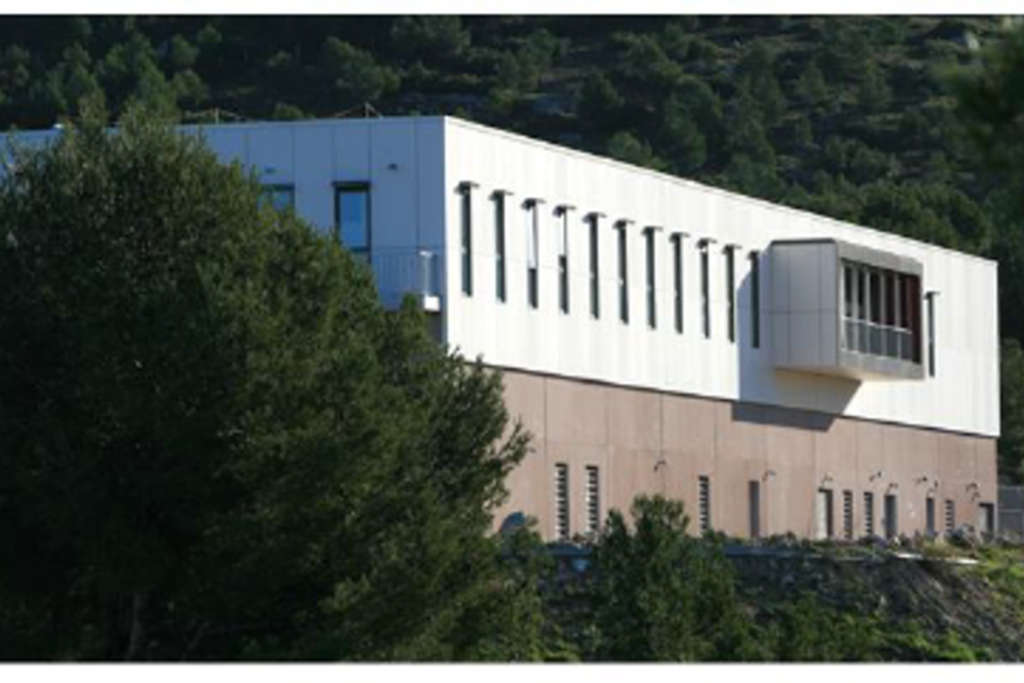-
Robert F, Benchenouf F, Ha MN, et al. Placental growth factor modulates endothelial NO production and exacerbates experimental hepatopulmonary syndrome. JHEP Rep. 2024; 7(3):101297 doi: 10.1016/j.jhepr.2024.101297
-
Demerlé C, Gorvel L, Mello M, et al. Anti-HVEM mAb therapy improves antitumoral immunity both in vitro and in vivo, in a novel transgenic mouse model expressing human HVEM and BTLA molecules challenged with HVEM expressing tumors. J Immunother Cancer. 2023; May;11(5):e006348 doi: 10.1136/jitc-2022-006348
-
Roncagalli R, Hauri S, Fiore F, et al. Quantitative proteomics analysis of signalosome dynamics in primary T cells identifies the surface receptor CD6 as a Lat adaptor-independent TCR signaling hub. *Nat Immunol. 2014; Apr;15(4):384-392 doi: 10.1038/ni.2843
Service Description:
Discovering gene function is a key stage in the basic understanding of functional genomics, disease pathogenesis, and new therapy development. CIPHE develops customised cellular and rodent models as advanced tool for modelling of human disease and their genetic validation and characterisation in many therapeutic areas (immunology, neurology, rare-diseases, auto-immunity, inflammation, infection, cancer). CIPHE technologies include ES-cell based and CRISPR-Cas9 genome editing, introducing knock-in and knock–out mutations, point mutation, adding new functionality (human orthologues) and multi-task allels. CIPHE carries out gene editing and the engineering of different cell lines. It develops mouse models using C57BL/6N ES cells, and supplies them in a SOPF status under quality management system (ISO9001). CIPHE offers: constitutive knockout; conditional knock-out (floxed allels); conditional knock-in (i.e for point mutation), tissue-specific expression of iCre; tissue-specific expression of creERT2, overexpression through Harbor locus (like Rosa 26 or Tiger) and humanised gene/locus depending of the demands. These models are used to study: gene function, target validation and compound specificity/toxicity. CIPHE has advanced expertise in knock-in mouse whether to insert reporter to track gene expression or to add a new functionality (human orthologues). These models allow us to follow: gene expression, cell/protein trafficking through fluorescent reporters, genetic cell ablation in vivo by a human DTR cassette, interactomics and signalosomics using twin Strep Tag and multianalytic alleles (multitask alleles using several cassettes).
